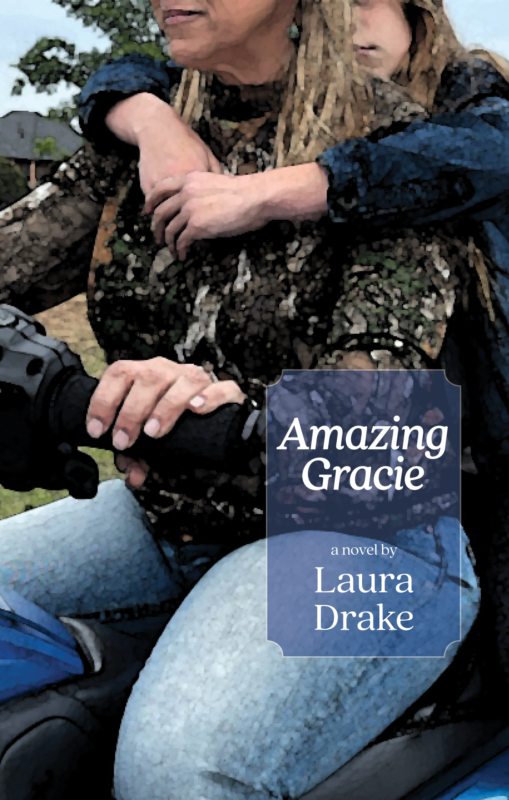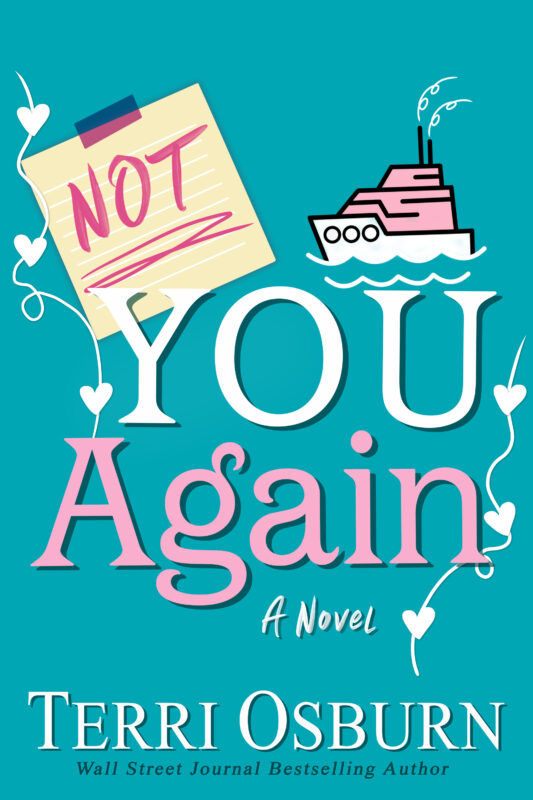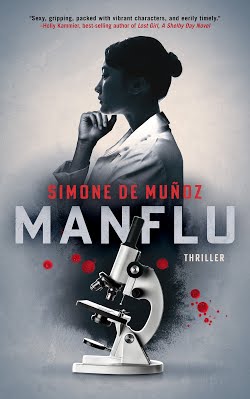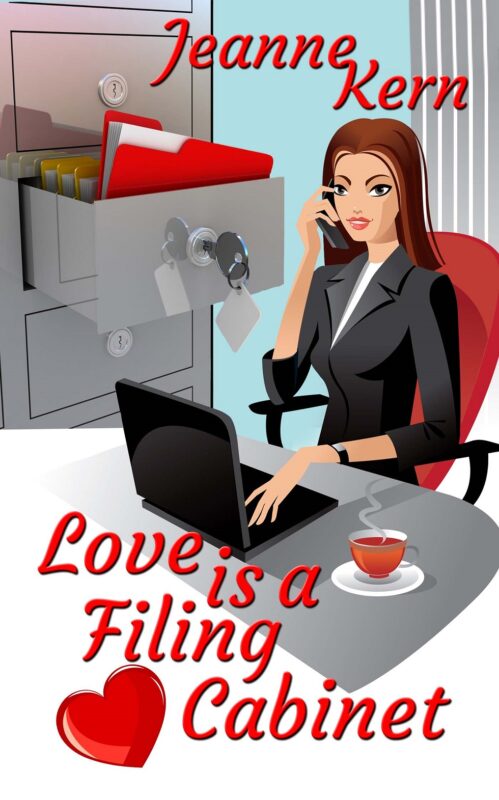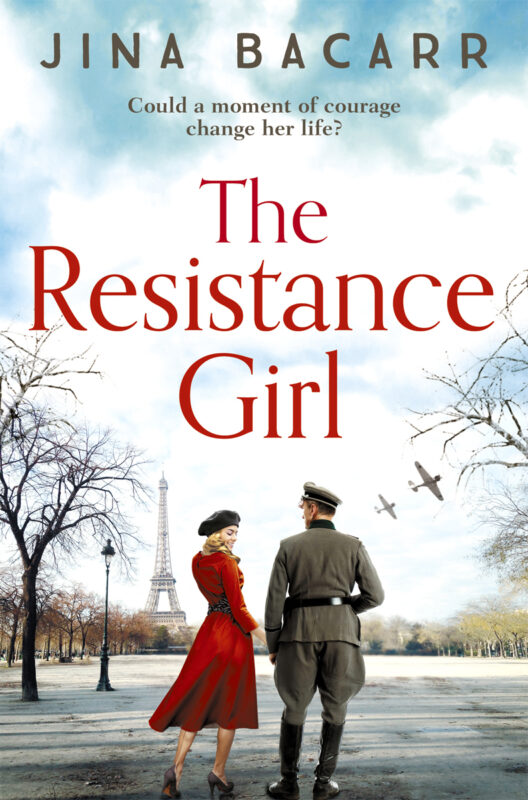Advice to Myself as a Newbie Author
February 22, 2008 by A Slice of Orange in category Archives tagged as Advice to Myself as a Newbie Author, Debra Mullinsby Shauna Roberts
http://ShaunaRoberts.blogspot.com
Today’s Guest: Debra Mullins
Debra Mullins is the author of ten historical romances from Avon Books, including her new release, The Night Before the Wedding, which involves a Scottish curse. For excerpts, check out her Website at http://www.debramullins.com or friend her at http://www.myspace.com/debramullins.
Debra, if you could travel back in time to before you were first published, what advice would you give yourself?
 Ever wish you could turn back the clock? Do the whole “If I knew then what I know now†deal? Some people wish they could go back to high school with the body of an 18-year-old and the knowledge of a woman twice that age. Me, I sometimes wish I could go back to the days before I got published.
Ever wish you could turn back the clock? Do the whole “If I knew then what I know now†deal? Some people wish they could go back to high school with the body of an 18-year-old and the knowledge of a woman twice that age. Me, I sometimes wish I could go back to the days before I got published.
What’s that? I want to turn in my secret handshake? Not at all, dear readers. But there are things I had as a writer struggling to get her work in front of an editor that I don’t have now that I have published ten books. Enthusiasm. Opportunities. Time!
Enthusiasm. Whoever said ignorance is bliss had to be talking about the unpublished writer. Before I got published, all I could see in front of me was that golden finish line—publication. I did the networking. I did the conferences. I did the critique group thing. I spent every minute I could between kids and husband and household chores, working on my latest opus. I wasn’t writing for the market. I wasn’t worried about the cover conference or if the editor would like my hero’s name. I didn’t worry about whether my heroine kicked butt. I was writing the story that burned inside me, the one that demanded to be told. I could feel the power of it coursing through my veins. I just wrote what I saw in my head. Joyfully. Enthusiastically. Passionately.
 1. It’s easy to lose sight of that joy once you get published. So the first piece of advice I would give myself is to hang on to that passion, that zeal, with both hands. It’s what brings your work to life. And it’s darned hard to get back once it’s managed to slip away from you.
1. It’s easy to lose sight of that joy once you get published. So the first piece of advice I would give myself is to hang on to that passion, that zeal, with both hands. It’s what brings your work to life. And it’s darned hard to get back once it’s managed to slip away from you.
2. The second piece of advice I would give myself is to prepare for the changes publication will bring. It’s a whole new world. The opportunities I was used to are no longer there. For instance, I can’t enter most chapter contests, even in a completely different genre in which I am not published, which means I can’t get that great anonymous critique of my work for just $25. I have to find different ways of getting feedback, and most of them will not result in my work getting in front of an editor as a finalist. Also, time becomes an issue. I have to make time to write the book, to do revisions, to handle copyedits, to go through page proofs. I have to find time for promotion and Website updates and judging contests. Somewhere in there I have to find time to be inspired again, to do things outside of writing to feed my muse, so the train of success can keep on rolling down the tracks.
Publication does change your life as a writer. Be prepared for that. Have a plan.
Every time I sit down in front of that blank page, I worry about a hundred things I never did before. The editor, the marketing, the cover conference—and does my heroine really, really kick butt?
3. So the last piece of advice I would give to myself, then and now, is to believe in your talent. Trust that when you reach for it, the writing will be there. Then close your eyes and jump into your story. Enjoy the ride.
✥✥✥✥✥
Visit Debra Mullins’ Website at http://www.debramullins.com. Her book The Night Before the Wedding is available at all major bookstores and can be ordered online from Amazon.com and Barnes & Noble.
Thursday Thirteen
February 21, 2008 by A Slice of Orange in category Archives tagged as The Lone WriterThere is a movement in the blogging community called Thursday Thirteen (google it). Many writers blog these days, and we often run out of things to say. Well Thursday Thirteen celebrates this kind of blog fear. Pick a topic from apples to zebras and write 13 things. That’s it. And it turns out the process is strangely revealing. I recently did this for my blog on Valentine’s Day as a Singleton it was fun! So in the spirit of learning more about ourselves here’s my OCCRWA
13. I joined OCC in 2005.
12. At my first meeting there was a sign that said OCC members had published something like 1700 books cumulatively. I remember thinking Holy COW!
11. It turns out that four of our members have published over 100 books. One has published over 200. We call them the 100+ club.
10. Although I love their books and am very proud of them I don’t have the intense need to wrap myself around any of these four women like a vine and cling.
9. I think this might be because none of them look like David Beckham.
8. Yes, I was quite delighted to hear that David and his family were moving to Los Angeles.
7. Unfortunately, despite my interest (and his wife’s diminutive size) I’m pretty sure I won’t be wrapping myself around David either.
6. You can tell Mrs. Becks is scrappy and her spike heels freak me out. (I’m a flip flops kind of gal).
5. So after nearly 3 years at OCC what have I learned?
4. Writers often go off on tangents
3. We love research particularly in the form of man candy. (You always need to keep the next story in mind, right? *innocent face*)
2. Never separate a writer from her chocolate.
1. Or her caffeine.
Horton Wants to Hear a Who
February 19, 2008 by A Slice of Orange in category Archives tagged as Member At LargeMonica Stoner, member at large
I’m reminded of phrases from my favorite writers. Any Rand, in Atlas Shrugged, Francisco talking to Dagny Taggart’s brother: “Words have an exact meaning.†Henry Higgins ranting in My Fair Lady “By rights they should be taken out and hung, for the cold blooded murder of the English tongue.†As a writer, it grates every time.
You hear it on newscasts and read it in newspapers: “The person, that works for the company.†If it’s a person, then it’s a who. The rules read as follows: (taken from http://www.grammarbook.com/grammar/whoVwhVt.asp)
Who refers to people. That and which refer to groups or things.
That introduces essential clauses while which introduces nonessential clauses.
If this, that, these, or those has already introduced an essential clause, you may use which to introduce the next clause, whether it is essential or nonessential.
The website gave some examples. In the interest of active writing, I would suggest going one step further. For: “She belongs to an organization that specializes in saving endangered species.†why not write: “She belongs to an organization specializing in saving endangered species.â€? Reduces the word count by one but punches up the sentence. Our minds automatically hesitate on certain words, including “that.†When editing, I first go through to remove “that†plus any version of the “to be.â€
So instead of saying “The group that is going to the museum.†try “The group going to the museum.†And so on. Of course once you start, your automatic editor will intrude when you’re reading for pleasure, and take some of the fun out of your stolen hours.
While I’m on an editing soapbox, let’s look at the word “laconic.†By definition, “laconic†means terse, of few words. The word has nothing to do with eyebrows, facial expressions, or any other body part. Unfortunately, some popular authors started the trend of such phrases as “he raised a laconic eyebrow.†Have any of you ever heard an eyebrow talk, tersely or otherwise? Because I certainly haven’t, nor would I want to. Eyebrows are supposed to stay quietly on my face, somewhere above my eyes.
Words have an exact meaning
For that matter, a phrase I’ve heard all too often recently is “mandatory spay/neuter,†referencing the removal of sexual organs from dogs or cats. Neuter is non gender specific, but is used for the sterilization of male dogs, most likely because the accurate word, “castrate,†is too painful for males to hear. Since this PC phrasing has been used to mitigate the importance of these surgeries, and to encourage more people to support the goals of animal rights advocates, it is doubly important to use the correct word. Spay. Castrate. Sterilize. If you want to speak collectively, neuter is appropriate. For impact, I’ve been known to use “Forced Sterilization.†If you want to sound a bit more knowledgeable, or just have fun, try Gonadectomy, a personal favorite of mine.
Words have an exact meaning and as writers we need to protect those meanings.
Writer on the Verge
February 18, 2008 by A Slice of Orange in category Archives
One by one, as property values rose and rents increased, the stores closed. The bookshops are gone now. The marketplace for rare first editions and antiquarian books has moved to the Internet and eBay.
This weekend I spent two days attending the annual Los Angeles Antiquarian Book Fair, where those same dealers who used to own bookshops on Melrose come together with likeminded dealers from all over the world to buy, sell and trade their treasures.
There were hundreds of book sellers represented and thousands of books on display. Naturally, I saw many exquisitely bound editions of William Shakespeare and Walt Whitman and Jane Austen. One dealer sells books so ancient they look like petrified forest mushrooms on the shelf. Another sells clever, three-dimensional, accordion-style books designed by a Parisian artist. Still another dealer sells only mysteries and his display shelf featured first edition copies of Raymond Chandler and Earl Stanley Garner and a nicely preserved, full set of Agatha Christie’s mysteries.
I loved poking around the individual dealers’ booths, examining the books and discovering new treasures, but it was a bittersweet time for me. I miss the stores, miss the smell of old books, miss the wise counsel of the book dealer.
Sadly, the only thing more rare than the beautiful books I saw this weekend are the bookstores that used to sell them, so allow me to end my post with a public service announcement: SUPPORT YOUR LOCAL INDEPENDENT BOOKSELLER. We’ve lost so many, but there are still some great stores out there. Don’t forget them. You might pay a bit more for a book but the personal service is gratifying and the rapport you build with the seller is priceless. And hey, it’s a write-off!
Phyllis Whitney………..
February 17, 2008 by A Slice of Orange in category ArchivesSo thanks, Phyllis, for the great books, for the nudge toward writing you gave me, and so many others–and I hope right now, you’re on the best research trip ever, about to write a book for Heavenly Publication.
Maureen Child is the author of more than 100 books and novellas. At the moment, she’s rereading a couple of her favorite Phyllis Whitney books………….
Affiliate Links
A Slice of Orange is an affiliate with some of the booksellers listed on this website, including Barnes & Nobel, Books A Million, iBooks, Kobo, and Smashwords. This means A Slice of Orange may earn a small advertising fee from sales made through the links used on this website. There are reminders of these affiliate links on the pages for individual books.
Search A Slice of Orange
Find a Column
Archives
Featured Books
AMAZING GRACIE
CJ has returned from war. But she has not left the war behind.
More info →NOT YOU AGAIN
Four blind dates in five days. I can’t believe I agreed to this.
More info →Newsletter
Contributing Authors
Search A Slice of Orange
Find a Column
Archives
Authors in the Bookstore
- A. E. Decker
- A. J. Scudiere
- A.J. Sidransky
- Abby Collette
- Alanna Lucus
- Albert Marrin
- Alice Duncan
- Alina K. Field
- Alison Green Myers
- Andi Lawrencovna
- Andrew C Raiford
- Angela Pryce
- Aviva Vaughn
- Barbara Ankrum
- Bethlehem Writers Group, LLC
- Carol L. Wright
- Celeste Barclay
- Christina Alexandra
- Christopher D. Ochs
- Claire Davon
- Claire Naden
- Courtnee Turner Hoyle
- Courtney Annicchiarico
- D. Lieber
- Daniel V. Meier Jr.
- Debra Dixon
- Debra H. Goldstein
- Debra Holland
- Dee Ann Palmer
- Denise M. Colby
- Diane Benefiel
- Diane Sismour
- Dianna Sinovic
- DT Krippene
- E.B. Dawson
- Emilie Dallaire
- Emily Brightwell
- Emily PW Murphy
- Fae Rowen
- Faith L. Justice
- Frances Amati
- Geralyn Corcillo
- Glynnis Campbell
- Greg Jolley
- H. O. Charles
- Jaclyn Roché
- Jacqueline Diamond
- Janet Lynn and Will Zeilinger
- Jaya Mehta
- Jeff Baird
- Jenna Barwin
- Jenne Kern
- Jennifer D. Bokal
- Jennifer Lyon
- Jerome W. McFadden
- Jill Piscitello
- Jina Bacarr
- Jo A. Hiestand
- Jodi Bogert
- Jolina Petersheim
- Jonathan Maberry
- Joy Allyson
- Judy Duarte
- Justin Murphy
- Justine Davis
- Kat Martin
- Kidd Wadsworth
- Kitty Bucholtz
- Kristy Tate
- Larry Deibert
- Larry Hamilton
- Laura Drake
- Laurie Stevens
- Leslie Knowles
- Li-Ying Lundquist
- Linda Carroll-Bradd
- Linda Lappin
- Linda McLaughlin
- Linda O. Johnston
- Lisa Preston
- Lolo Paige
- Loran Holt
- Lynette M. Burrows
- Lyssa Kay Adams
- Madeline Ash
- Margarita Engle
- Marguerite Quantaine
- Marianne H. Donley
- Mary Castillo
- Maureen Klovers
- Megan Haskell
- Melanie Waterbury
- Melisa Rivero
- Melissa Chambers
- Melodie Winawer
- Meriam Wilhelm
- Mikel J. Wilson
- Mindy Neff
- Monica McCabe
- Nancy Brashear
- Neetu Malik
- Nikki Prince
- Once Upon Anthologies
- Paula Gail Benson
- Penny Reid
- Peter Barbour
- Priscilla Oliveras
- R. H. Kohno
- Rachel Hailey
- Ralph Hieb
- Ramcy Diek
- Ransom Stephens
- Rebecca Forster
- Renae Wrich
- Roxy Matthews
- Ryder Hunte Clancy
- Sally Paradysz
- Sheila Colón-Bagley
- Simone de Muñoz
- Sophie Barnes
- Susan Kaye Quinn
- Susan Lynn Meyer
- Susan Squires
- T. D. Fox
- Tara C. Allred
- Tara Lain
- Tari Lynn Jewett
- Terri Osburn
- Tracy Reed
- Vera Jane Cook
- Vicki Crum
- Writing Something Romantic
Affiliate Links
A Slice of Orange is an affiliate with some of the booksellers listed on this website, including Barnes & Nobel, Books A Million, iBooks, Kobo, and Smashwords. This means A Slice of Orange may earn a small advertising fee from sales made through the links used on this website. There are reminders of these affiliate links on the pages for individual books.




